EDIT 2/22/2016: I’ve updated the review with some notes on DLNA (under Wi-Fi and Bluetooth section), USB DAC, and the user interface due to the new FW 1.8.
Table of Contents
- Introduction
- General Usage
- Build Quality
- Ergonomics (physically)
- User Interface
- Wi-Fi and Bluetooth, DLNA
- USB DAC
- Battery Life
- Sound Quality
- Comparisons (volume-matched)
- Comparisons (non volume-matched)
- For whom is this good for? And the Competition
- Conclusion
(Before I even begin with the introduction, I want to warn the reader that my review is somewhat lengthy. So I have included a table of contents above which you can click on to jump to whichever section you want. I’ll also include a tl;dr summary at the beginning of each major section.)
Introduction
Tl;dr: FiiO lent me the unit for my honest opinion, and a bit of background about myself. Also a special note regarding this review compared to others as of January 2016.
A little bit about me: I consider myself to be a relatively inexperienced audiophile, having only taken this hobby seriously for the past 2 or 3 years. Funnily enough, I actually began to take an interest in my headphone system with the purchase of a FiiO E7. The next logical upgrade from there was the FiiO E17, which I appreciated but soon found it a bit lacking in sound quality after I was exposed to other audio equipment. Now, after having been away from FiiO for a while I’m now looking for a great sounding DAP, which FiiO’s X series of players seem to be.
I tend to like a neutral sound signature, perhaps with a bit of warmth. But if one were to ask me to pick between a very warm or a very bright sound signature, I’d go towards the brighter one. I actually like full-sized headphones more than I do IEMs, but for this review I focus more on the X7’s performance with IEMs. I like a large variety of music including rock, pop, jazz, classical and orchestral, J-Pop and J-Rock, and C-Pop.
A special note…
Before I go into the review proper, I wanted to mention this. Since I was fortunate enough (maybe?) to be the last one in the tour group to receive the X7, I have been able to use the X7 on the latest firmware as of this moment (February 2016) which is FW 1.8.
Thus, I hope to give a better picture on how the X7 performs now compared to the other earlier reviews.
Phew, that was a long introduction. Let’s get into the actual review, shall we?

Nobody is going to mistake the X7 for a cheap device once they actually feel it. The machined aluminum looks and feels classy. The amp module tightly screwed in isn’t loose and really feels like it was originally part of the whole. Some people have raised concerns about the raised screen, but honestly I don’t really think there’s anything wrong with it – it doesn’t impede usability nor does it look cheap to me.
The one thing I am lukewarm about is the screen - it’s merely OK. Compared to other Android and Apple devices, the X7’s screen looks a bit washed-out. Contrast is ok (so blacks look a bit gray) and colors seem a bit faded out. To be honest, I actually think (based on memory) the X5 2
nd gen screen had better contrast and slightly more vibrant colors. However, due to the screen being an IPS panel, viewing angles are pretty good though you will notice colors getting somewhat darker at extreme angles.
Overall, FiiO’s reputation for great build quality is once again on show here.
Ergonomics
First off, the player feels great to hold in the hand. The machined and smooth aluminum feels good and doesn’t make the X7 too slippery in the hand. The size is also great – due to the 4 inch screen and relatively narrow width, one-handed usability is excellent. The X7 is a bit tall, but this is due to the amp module so it doesn’t affect general usage.
While the device is thick compared to other smartphones, it still fits easily into the hand. The X7 surprisingly also doesn’t get very hot in the hand while using it – it seems to only get hot when connected to a beefy charger.


Some size comparisons. Left pic: HTC One M7 on left, FiiO X7 on right
Right pic: FiiO X7 on top of HTC One M7. The X7 is slightly smaller than the 4.7 inch smartphone.

HTC One M7 on left, FiiO X7 on right. The X7 is much thicker than the typical smartphone.
I would like to call special attention to the symmetrical side buttons. The buttons protrude just enough to feel, have satisfying tactile and audible feedback, and are easily accessible. However, having owned many smartphones with the volume buttons on the right, I found myself getting confused and accidentally hitting the track skip forward and backwards buttons on the right when I really wanted to change the volume (the buttons for those are on the left on the X7). This is not a huge problem, and it will be solved with a future firmware update that incorporates mapping those side buttons to user preference. But it is something that I wanted to point out at this time.
User Interface
Is the X7 responsive? While you don’t need lots of RAM and an extremely fast CPU to play music, I do know that Android is fairly unforgiving to slow hardware. However, I’m glad to say that the FiiO X7 is extremely responsive and quick even with its weaker CPU and only 1GB of RAM. FiiO has optimized its version of Android 4.4.4 pretty well, so loading and switching between apps is quick. And it doesn’t crash and freeze much now. There are exceptions though, like with one time I connected a 64GB USB stick full of music while in the FiiO Music app and that pretty much froze the device.
Also, as of FW 1.5, the Google Play Store and framework seems to be implemented so that one can easily get their apps. The X7 has also worked with every app that I have thrown at it, including stuff like Google Play Music. Occasionally, the “Google Play Services has stopped working” message will come up, but it’s a minor annoyance that can be brushed away with a quick tap.
So it feels snappy and actually works. What about the actual user interface? I want to make some comments here, but I will not go into an in-depth overview of everything it has – there are other reviews which do a much better job than I ever could.
FiiO’s version of Android is mostly stock Android, so most Android users will probably know how to navigate around the X7. That’s good. I also like how the X7 now automatically prompts you to reboot to switch between Android and Pure Music modes, saving us from confusion. However, I would have liked FiiO to tell us during initial setup that pulling down the top of the screen from the left (goes to notifications) and right side (goes to quick settings) yields different results. Most builds of Android I’ve seen don’t do this.
As for the FiiO Music app itself, generally I like it. The help screens mostly do a good job of telling you how to use it, and the app itself is fairly intuitive. The good thing is that FiiO has been listening to user suggestions and is still constantly improving it. For instance, hitting back/rewind after the current track has played for 10 seconds or more goes back to the beginning of the track now (instead of going to the previous track), and by default tapping on an artist in artist view leads to a list of albums instead of a list of songs.
However, I still have some issues with it. For example, while search works quickly and effectively, its behavior is kind of strange. Why is it that when we tap on an artist in search, that it starts to play tracks by album order? Why is it that when we tap on an album in search, that the first song alphabetically in the album starts playing? Not only are these behaviors different from other music players, it also is inconsistent.
One last thing I wanted to mention is the lock-screen. The lock-screen as it is right now is kind of confusing, because the music control buttons that show up by default are only for FiiO Music. So it’s possible to have Spotify be playing and then accidentally also play something from FiiO Music at the same time because you hit play on the lock screen. It would be nice if the default set of lock-screen music controls does whatever you want on the music app you were last or currently using.
While it seems like I have a lot to complain about the X7’s user interface, in reality these issues are relatively minor and don’t get in the way much. And what I brought up as problems can all be solved with software and firmware updates.
Wi-Fi and Bluetooth, DLNA
Wi-Fi strength on this device is ok. I would imagine it is good enough for most people if they are around some decently strong Wi-Fi, but the X7 may struggle with some places with troublesome signal. The X7 seems to get less signal and slower Wi-Fi than other Android smartphones in my testing. However, it should be good enough for most music streaming.
Bluetooth works well on the X7. It doesn’t have aptX so you’re not going to get the best quality sound, but Bluetooth signal on the X7 was as strong as any other smartphone out there.
As of FW 1.8, FiiO has implemented DLNA into their music app. However, for some reason I cannot get it to work properly. If I set up DLNA with Windows’ music sharing feature as shown in FiiO’s own guide, I can’t get any music file to show up. If I set up DLNA through foobar2000 using a plug-in, I can only get lossy files to show up and play (which it then does flawlessly – however album art doesn’t show up, which other apps can do). That is, WAV, FLAC, other lossless formats, and even DSD doesn’t show up in that case. Perhaps others have had better luck in getting DLNA through the FiiO music app to work. However, I do want to note that third party DLNA apps on the Google Play Store (such as BubbleUPnP) do work perfectly.
USB DAC
FiiO has implemented USB DAC functionality as of FW 1.8. As long as you are only listening to music on your computer, it works well. For Windows 8 and later, you still have to disable driver signature enforcement to get the driver to install, but this isn’t hard (especially for those who already own FiiO’s other DAPs). After installation, I found the driver to be stable and work well on Windows 7, 8.1, and 10 – no causing the computer to crash or anything, no incompatibilities with any of the apps I tried.
However, the USB DAC function still isn’t perfect as of FW 1.8. One problem is that DSD doesn’t work properly over USB. For some reason, DSD shows up as 24 bit 176.4 kHz music on the X7’s USB DAC screen when being played, and is played at an extremely low volume with lots of white noise. However, the bigger problem is that there is currently lots of lag/delay to the sound when the X7 is used as a USB DAC on Windows 7, 8.1, and 10 (and from other reports on Mac too). Unfortunately, this makes using the X7 to watch movies or to play video games on the computer impossible. Playing music is still okay though. The good news is that FiiO has already acknowledged this delay problem and it will probably be fixed in a future firmware update.
Battery Life
While I wouldn’t say that the X7 has
great battery life, I do think it has
good battery life that’s in line with FiiO’s other players.
Below, I have some screenshots of how long the battery lasted in several different usages. All tests were done with the X7 on low gain at a volume level of 55 driving the Etymotic ER4PT (except for the line-out and Bluetooth cases).
First from the left on the 1st row is the battery time from the X7 in Pure Music mode and in airplane mode – a little over 8 hours.
Second from the left on the 1st row is the battery time from the X7 in Pure Music mode and in airplane mode hooked up to a Cavalli Audio Liquid Carbon headphone amp through line-out. It reads a little over 10 hours, though you could probably add an hour or so to that since I accidentally left on Bluetooth at first.
Third from the left (the right-most) on the 1st row is the X7 in Android mode and in airplane mode but with Wi-Fi turned on (Android allows you to do this), streaming from a DLNA server using the BubbleUPnP Android app. About 7.5 hours here.
Finally, the bottom (2nd row) picture shows that the X7 had about 66% battery left after about 10 hours on Bluetooth in the FiiO music app. I gave up testing Bluetooth battery life testing after this point because I didn’t want to recharge my Bluetooth receiver after it died first. It’ll last pretty long under Bluetooth.
Overall, the X7 has decent battery life that should be enough for many people unless you’re listening to music for long periods of time without access to a charger.
Sound Quality

Headphones primarily tested with: Etymotic ER4PT (with P-to-S converter) and Klipsch Image X10.
Enough about general usage. How does it sound, you may ask?
Overall, I find that the X7 has a neutral tone, with perhaps a very slight bit of warmth. This allows it to pair well with warmer headphones like the Klipsch X10 – the neutrality prevents the X10 from sounding too muddy and bloated, but yet still maintains the X10’s overall warm nature. However, with something like the Etymotic ER4S, the neutrality may be too much of a good thing – I can easily see how some people would regard this pairing a bit fatiguing (but not sibilant) depending on the music being played.
I actually think that this brightness is probably due more to the amp, as I found the DAC section mostly neutral. While we are on the subject, the IEM amp module seems to handle in-ear monitors pretty well. The X7’s amp could slightly enlarge the soundstage of my 50 ohm Klipsch X10’s and give it better separation while also giving it hard-hitting bass. The X7’s amp also allowed the clarity, separation, and detail retrieval of the 100 ohm Etymotic ER4S to shine through. Easy to drive full-sized headphones like the Sennheiser HD598 are also pretty good on the IEM amp – huge soundstage and excellent imaging, though the bass here doesn’t come out as much as I have heard on the best amps. It also actually did a fairly good job with the Hifiman HE-400i, though it was lacking bass. But the X7’s IEM amp module didn’t do such a great job with the Sennheiser HD700 – it was a bit lacking bass and was somewhat grainy, though interestingly it made the HD700 less fatiguing like only good amps can do.
Since I don’t have any other portable amps to compare to, I won’t be doing amp comparisons in the next section. However, I do want to say the X7’s IEM amp is not far behind the single-ended out of the Cavalli Audio Liquid Carbon when driving IEM’s – its slightly less deep in the soundstage, a bit fuzzier in its imaging, and a bit behind in detail retrieval, but the overall feeling of a 3D soundstage is quite comparable. I do like the slightly warmer tone of the LC though.
Speaking of soundstage, I really like the X7’s take on this. While its soundstage is fairly wide, it’s also pretty deep. When combined with the excellent layering, separation, and imaging, the X7 presents a truly 3D soundstage that makes songs come to life as you easily pick out all of the sounds around you.
Lastly, the X7 has very good, even excellent detail retrieval. While detail is somewhat put into your face, it’s a lot less so compared to other ESS Sabre implementations I have heard. I would say that it only sounds that way though if you have heard other audio gear that presents the same amount of detail but is less forward about it (like with highly expensive audio gear that costs much more than the X7).
Comparisons
Volume-matched comparisons
The comparison here was done under volume-matching with a C-weighted SPL meter.
Vs. the NuForce UDH-100

I think I should give an introduction to the NuForce UDH-100 here, since it isn’t very well-known. The UDH-100 is a discontinued $650 MSRP amp/DAC combo. The DAC section should be very similar, if not identical to the NuForce DAC-80 ($800 MSRP) and to the NuForce DAC-100 ($1100 MSRP, discontinued). The X7 has quite the fight here.
I am only comparing the DAC sections of the X7 and the UDH-100 here.
As for specific methodology, I compared the UDH-100’s AK4390 DAC chip to the FiiO X7’s ESS ES9018S using the Cavalli Audio Liquid Carbon amp. Headphones that I used to compare the two DACs were the aforementioned IEMs and the Hifiman HE-400i and HE1000, and the Sennheiser HD700.
The DAC sections: The two DACs have similar tonality to each other. Both are mostly neutral, but with a tiny hint of warmth. Detail retrieval and separation are about the same for both DACs. However, imaging (both horizontal and depth-wise) seems to be slightly more precise on the UDH-100. On vocals and certain notes, the X7 also seems to have a slightly harsh and brittle edge that is not present on the UDH-100 – but this is not easily noticeable. Vocals seem to have a bit more body on the UDH-100.
However, all of the differences I just mentioned are really quite minor. What’s more noticeable is the bigger soundstage and better quality bass on the UDH-100. The soundstage is noticeably wider on the UDH-100. Bass seems to dig deeper and is slightly more nuanced/textured on the UDH-100.
Overall, to my ears the X7’s DAC is very close to the one in the UDH-100 in terms of sound quality. The UDH-100 still has some traits that propel it above the X7 in terms of DAC quality, but the X7 is still very impressive for keeping up with a not inexpensive desktop DAC.
Non-volume matched comparisons
Normally, I try to volume-match any comparison I make for a review. However, in this case I was able to compare the X7 to some other DAPs in relatively good conditions outside my home – but that meant not having access to my trusty SPL meter. So I tried to do volume-matching by ear, which isn’t ideal but should be better than nothing at all.
Hopefully people find this section interesting and helpful.
Vs. the FiiO X5 2nd gen
Comparisons between the two DAPs were done with an Etymotic ER4S and a Sennheiser HD650.
The X7 surprised me because it was a noticeable jump in sound quality over the X5 2
nd gen. Not only was detail retrieval and separation slightly greater on the X7, bass was also definitely more controlled on the X7. The X7 also had a noticeably more 3D soundstage due to the greater depth (while width was about the same) and more precise imaging. All of these traits were noticeable even when comparing the X7 with the IEM amp module to the X5 2
nd gen. While each of these aspects are minor individually, together they add up to make for noticeably richer listening experience on the X7 over the X5 2
nd gen – even on the IEM amp module. With the future, more powerful amp modules, I expect the X7 to have an even more noticeable jump in sound quality compared to the X5 2
nd gen with harder-to-drive headphones. This is based on having listened to the medium power amp, which only served to further tighten and deepen the bass on the HD650 while also very slightly expanding the soundstage on that headphone.
Vs. the Onkyo DP-X1 and Pioneer XDP-100R
I listened to all of these DAPs out of their single-ended headphone jack, all with the Etymotic ER4S.
First off, I thought the X7 to be simply better than the Pioneer. While detail retrieval levels and imaging between the two DAPs were about the same, I thought the X7 had a noticeably deeper and 3D soundstage. Separation on the X7 seemed to be somewhat better too. Both had a similar tonality though, with the Pioneer perhaps being slightly brighter.
However, the Onkyo DP-X1 is much more of a match to the X7 in overall sound quality. Honestly, I believe that the X7 and the DP-X1 are pretty much equals in just about everything – detail retrieval, bass quality, 3D soundstage, etc. The only major difference I could find between the two players was the tonality – the X7 is more neutral while the Onkyo adopts a somewhat warmer tone. The Onkyo paired very well with my ER4S (probably even better than the X7), but I think the X7 has the potential to pair well with more headphones than the DP-X1. Some headphones could definitely get a bit too warm with the Onkyo.

First of all, anybody who can’t stand touchscreens at all really should not be looking at the X7 – there are other great-sounding players out there that don’t use touchscreens, some of which are from FiiO themselves (X3ii and X5ii) and other brands (Hifiman HM901S, anybody?).
But for everybody else, the X7 is great-sounding touchscreen DAP. It feels fluid and responsive, has lots of connectivity options for multiple usage scenarios (line-out for hooking up to a bigger sound system, Bluetooth for some cars, etc.), and most importantly sounds really good. Battery life, while not great, is also decent enough for most people I imagine. I mean, who has a commute that lasts 7-10 hours the X7 can play music for? Or does anybody actually listen to that much music at work all the time without a charger? I’m not saying that there aren’t people in that situation, but I would think that most people don’t fall into those categories.
Also, people who already have other FiiO products like the X5 2
nd gen could seriously consider upgrading to the X7. Not only are you getting noticeably better sound with the X7, it also comes with an entire well-implemented touchscreen interface. I think that warrants the extra $300 USD for the X7 over the X5 2
nd gen.
Finally, we consider the competition. I’m not going to talk much about much of Astell and Kern’s lineup nor the Sony NW-ZX2 since I haven’t listened to them a lot. I’ll just say that the X7 is significantly cheaper.
But let’s look at some more similarly priced DAPs. First the Pioneer XDP-100R. If you buy the XDP-100R in the US through Amazon, as of this writing it costs $699 USD. While the Pioneer does have a better screen, two micro SD slots (the X7 only has one), potentially better battery life, and faster hardware (arguably not very useful), I found it to have inferior sound quality. Personally, I’d go for the slightly cheaper X7 at $650 USD because it sounds better while maintaining most of the same functionality. Of course, you could import the Pioneer through PriceJapan for $565 USD, making it cheaper than the X7. However, you would have to go through more hoops when using your warranty. And the X7 has more future potential due to the changeable amp modules.
And then there’s the Onkyo DP-X1, which has a MSRP of $899 in the US. That makes it quite a bit more expensive than the equally great sounding X7, although the DP-X1 has more micro SD slots, better screen, potentially better battery life and faster hardware. You could also get it through PriceJapan for $643 USD as of this writing. Is the DP-X1 really worth that extra money (if you get it through retail channels) or the potential extra hassle in warranty claims (if you import it)? That really depends on the person, and I could see why someone would go for the Onkyo because it does sound as good as the X7 while having some advantages over it. Also, again the X7 has more future potential due to the swappable amp modules.
Conclusion
Tl;dr: The X7 is a value-packed and highly recommended digital audio player.
I think this review has gone on for too long, so I’ll end with a brief summary. The FiiO X7 is a fantastic sounding, great feeling, competitively priced, snappy Android-based touchscreen DAP. It currently does have some minor ergonomic and UI issues, but most of these will probably be solved with software updates. One thing it really has going for it is its immense future potential in terms of both software updates, and in hardware (the more powerful amp modules).
Overall, I’m going to give the FiiO X7 4.5 out of 5 stars for now due to it being a well-executed overall package that’s just a bit short. Once FiiO adds more functionality (mapping of the side buttons, USB DAC, etc.) and fixes its UI problems, it’s definitely worth 5 stars. Definitely recommended.
Thanks for reading this long review of the X7!












































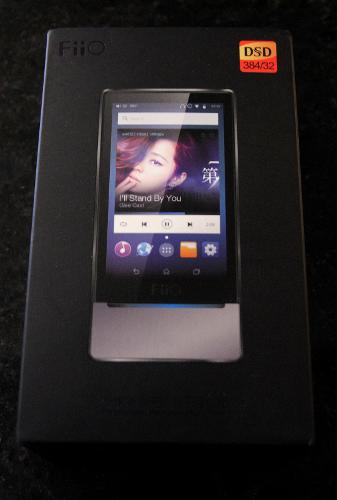




















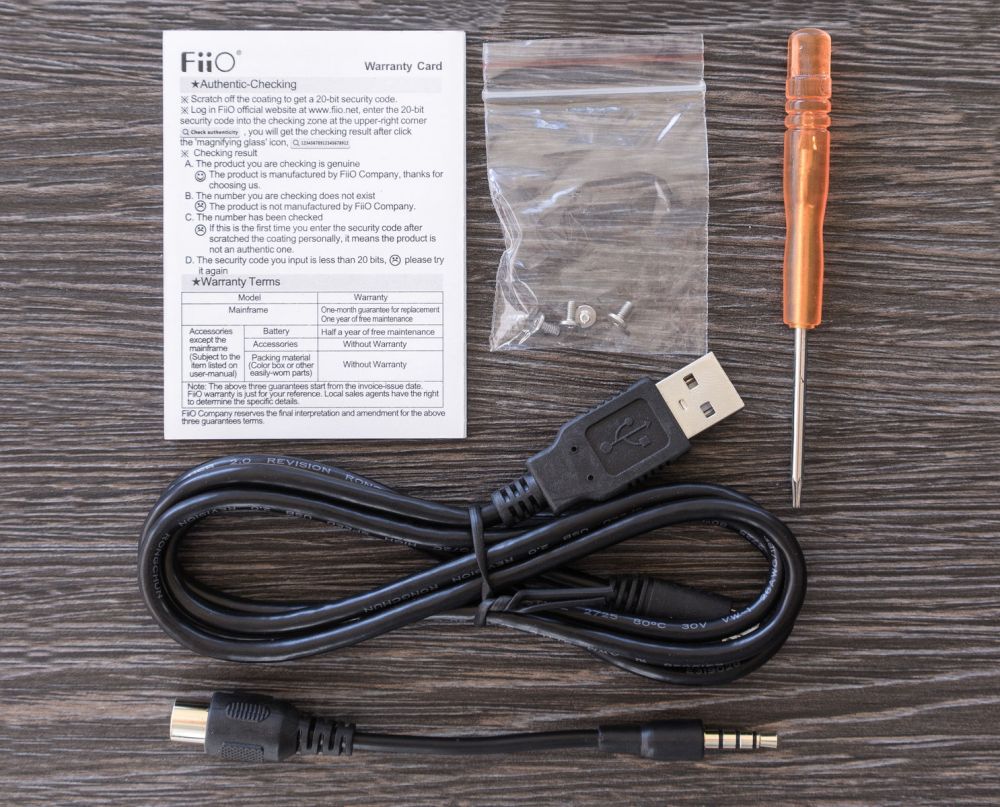



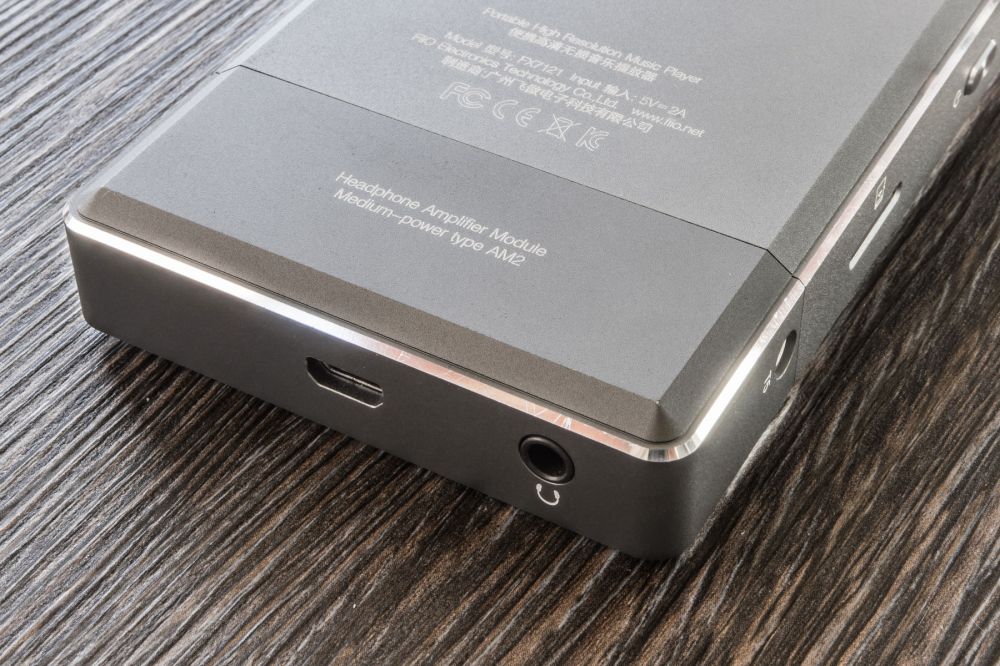




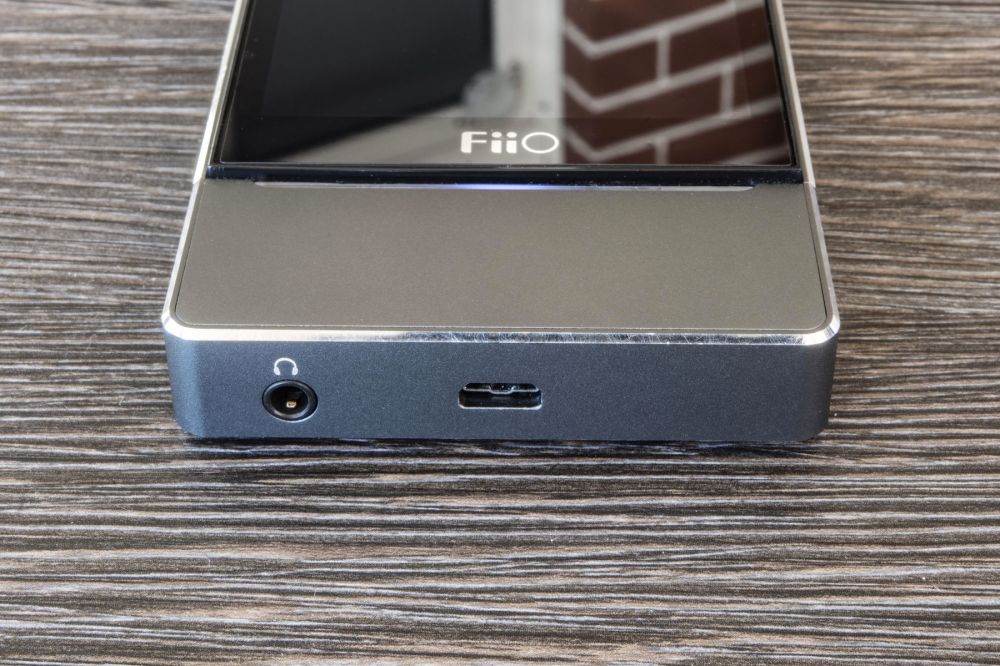

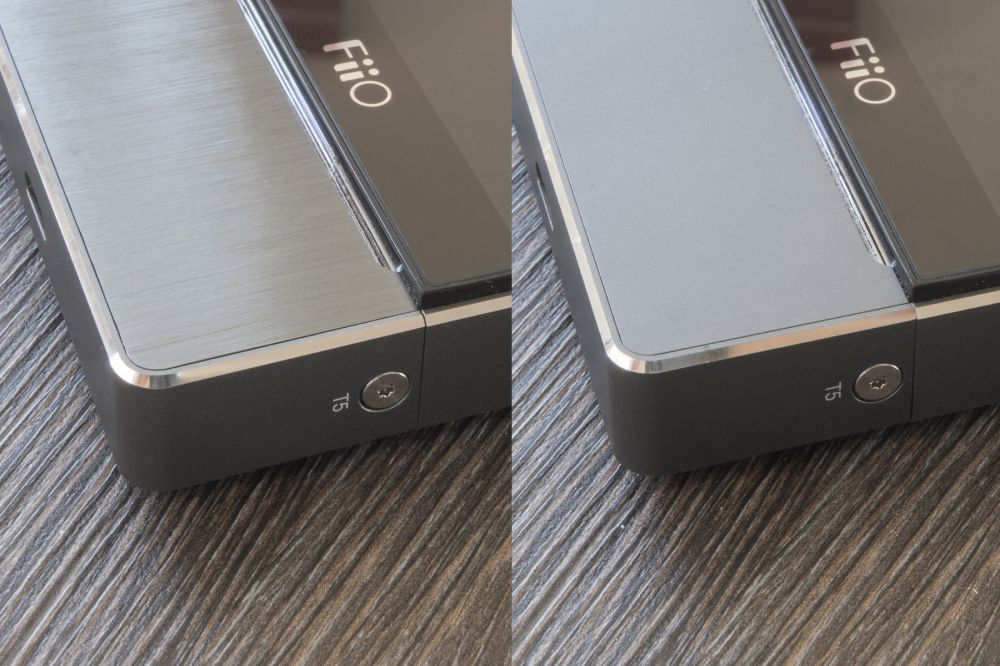
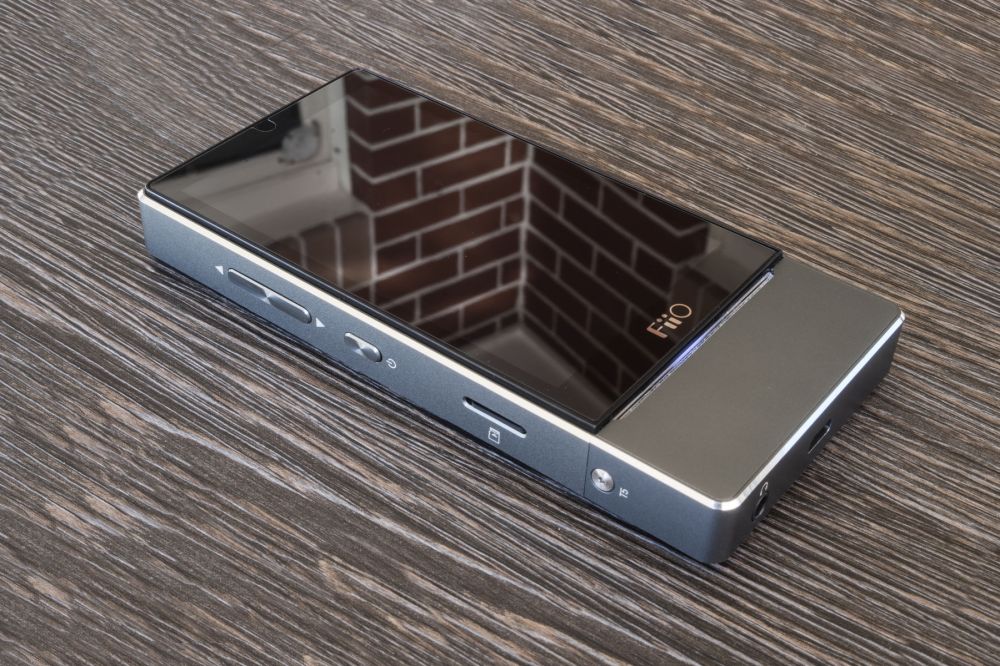

































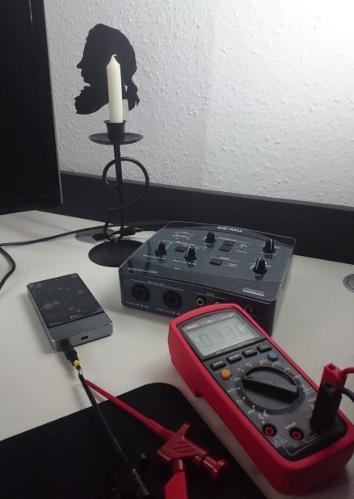


















Great review!
I have 2 questions:
1) Has FiiO released an update for the X7 that INCLUDES aptX yet? Or any word on that?
2) Any update on the interchangeable amp module/mod? If so, where can people buy one??
Thanks!